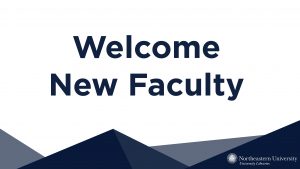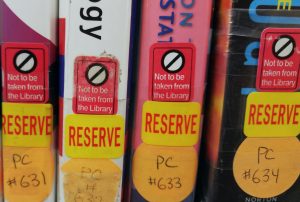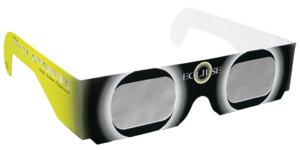On July 10th, Scholar OneSearch, the library’s discovery system, will have a refreshed look and some great new features to make it easier for you to find and use the research information you need.
The most obvious change is the design. Besides the overall sleek, modern appearance, you’ll find that instead of hunting for actions hidden in dropdown menus, buttons and frames, most action items are now clearly laid out with links and icons. This includes the filtering options on the left, which are sticky so they remain visible as you scroll down your page of results.
We’ve done usability testing with students, and they found these design changes make the new version much easier to use.
In addition to the design, these new features will make your library research easier:
- Better, easier-to-use citation information. You’ll be able to cut and paste citations directly into email or other documents such as bibliographies, as well as download to your favorite citation manager as before.
- Fewer clicks to get full online access to e-books, e-journals, articles, and other media.
- The ability to add lines to the advanced search for better control and targeting of your query.
- A more appealing and easier-to-read presentation of related articles and the “virtual browse” of books, e-books and streaming media from our collections.
- Clearer labels, for example, the old E-shelf is now called “My Favorites”.
- The ability to add more than one tag to a saved item.
And don’t worry: all the functionality you’re used to is still there. Search for books, e-books, DVD’s and other physical items, and include journal articles, conference proceedings, primary source materials, dissertations, and much more in your search results. Filter your results by date, availability, format, author, source, language, peer review, etc. In your “my account” area, your saved favorites and checked-out books and videos will still be there.
We think both the design and the new features of Scholar OneSearch will make using it a more pleasant experience, as well as fixing some earlier annoyances and restrictions. The new look and feel has been available as a beta version on our home page for several weeks, as we’ve tested and refined it with your suggestions and feedback.
We hope you’ll love the new Scholar OneSearch as much as we do!
 Whether you are new to Northeastern University community or returning from summer, the Northeastern University Libraries can help you prepare for the semester ahead. During new faculty orientation on August 29th, visit the University Libraries to meet with librarians and subject specialists to hear about the wide range of services and resources available in support of your research, teaching and publishing. A listing of library services is online under Information for Faculty and Staff. Check the Librarians-by Subject Directory for your librarian.
Please feel free to contact us.
Whether you are new to Northeastern University community or returning from summer, the Northeastern University Libraries can help you prepare for the semester ahead. During new faculty orientation on August 29th, visit the University Libraries to meet with librarians and subject specialists to hear about the wide range of services and resources available in support of your research, teaching and publishing. A listing of library services is online under Information for Faculty and Staff. Check the Librarians-by Subject Directory for your librarian.
Please feel free to contact us. Faculty and staff, this is the perfect time to submit your
Faculty and staff, this is the perfect time to submit your 
 that looking for a book could lead to the recording of a full-length album?
This was the experience of Tirelle Barron, a New York based artist currently in his fifth year at Northeastern University, majoring in Design. As Tirelle was perusing Snell Library, he walked into the Digital Media Commons
that looking for a book could lead to the recording of a full-length album?
This was the experience of Tirelle Barron, a New York based artist currently in his fifth year at Northeastern University, majoring in Design. As Tirelle was perusing Snell Library, he walked into the Digital Media Commons